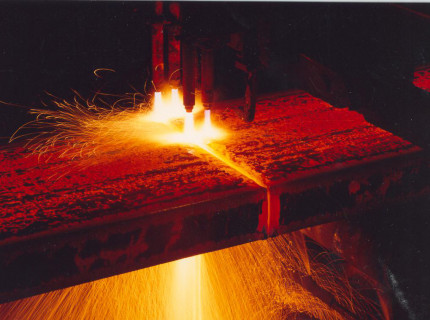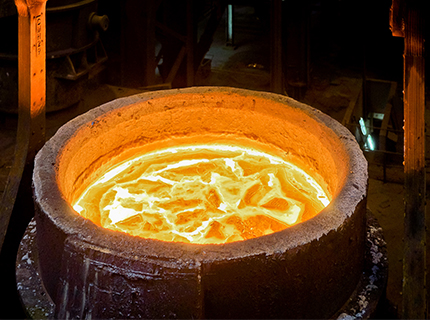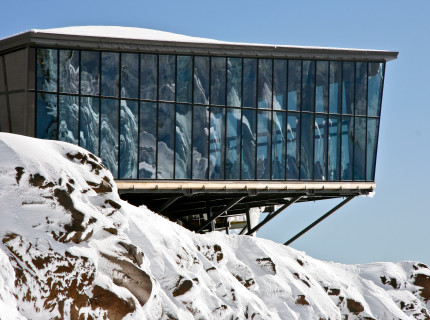Typically each day, 20,000 tonnes of fresh water is added to these water circuits to replace discharged water. To achieve maximum conservation, water is cleaned, cooled and recirculated many times in each process. Much of the water used in the steelmaking and finishing processes is drawn from the Waikato River, 18 kilometres away. River water is supplemented by the large volume of stormwater collected from across the industrial site. Water is vital for two operations: the transportation of ironsand from the Waikato North Head mine to Glenbrook Mill and for the steelmaking processes at the Glenbrook Mill.
- Transporting the ironsand requires around 7,000 tonnes of water each day. The Waikato River water is mixed with the ironsand to form a slurry which is pumped to Glenbrook 18 km away through an underground pipe.
- At the Glenbrook Mill water is used for cleaning waste gases, producing steam in the boilers, cooling, spraying and rinsing product, conveyance of solid wastes and general plant cleaning.
Cultural and Spiritual Values
From their long association with local Maori, New Zealand Steel recognises that the Waikato River has special significance to the Tangata Whenua. This special significance has developed over centuries and the river has become imbued with the history of the people themselves. As a result, the river has acquired a sacred character to all the Waikato iwi. It is recognised that the concerns of the Tangata Whenua regarding the taking of water from the river for industrial use go beyond purely physical matters and are of a spiritual and cultural nature. Such matters are best resolved by working together to find solutions acceptable to all. New Zealand Steel has in the past endeavoured to do this and will continue to seek improved understanding and new solutions to the issues raised by local Tangata Whenua.
Extracting Water from the Environment
Hydrology
For the Glenbrook Steel Mill, water is extracted at a point on the Waikato River about 14 kilometres from the river mouth. Approximately 20,000 tonnes of water is extracted daily, representing around 0.06% of the average Waikato River's total flow.
Water Intake
One of the possible results of taking water from a river is the uptake of fish. Avoiding this was a primary concern when New Zealand Steel first investigated extraction of water from the Waikato River in the 1980s. As a result, New Zealand Steel developed an innovative water intake structure designed to avoid uptake of fish. The design of the water intake involves increasing the speed of the water flow around the area where water is taken to such an extent that fish are unable to swim against it and seek the more "tranquil" water beyond the intake structure. Fish travelling downstream are swept past the area, as well as any debris. To ensure there is sufficient turbulence at the intake, high pressure jets operate when water is being extracted. The water intake is also protected with a screen of overlapping vertical slats. This not only provides a physical barrier, but also creates a localised zone of turbulence in the gap between each slat. Fish tend to avoid this zone. The intake was sited 300 metres from the river bank to avoid interference with whitebait which tend to swim close to the edge of the river. The intake is gravity operated and flow through it is determined by pumping from the balance ponds. When there is no pumping, gates close over the intake so that fish are unable to swim through it. This method of control has been very successful. The company continues to monitor the intake and review any possible effects on the fish population.
River Users
Recreational activities on the lower Waikato River include boating, water skiing, fishing, duck shooting and commercial fishing. It is important that New Zealand Steel's water intake does not adversely effect these activities.



